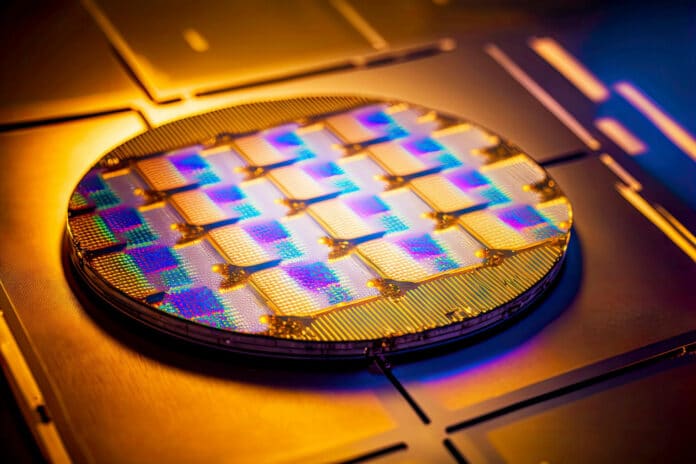Semiconductors – most notably, silicon – are the beating heart of electronic devices that we use every day, including the one you are currently using to read this article. Despite their widespread use, semiconductors have certain limitations.
The atomic structure of any material vibrates, which leads to the creation of quantum particles known as phonons. These phonons, in turn, cause the particles that carry energy and information within electronic devices to scatter within nanoseconds and femtoseconds. This leads to energy loss as heat and also limits the speed of information transfer.
Now, scientists at Columbia University have discovered the fastest and most efficient semiconductor yet. The superatomic material, called Re6Se8Cl2, is made up of a mix of rhenium, selenium, and chlorine atoms that cluster together and act as a single large atom.
In Re6Se8Cl2, excitons do not scatter when they come into contact with phonons. Instead, they actually bind with phonons to create new quasiparticles called acoustic exciton-polarons. The polarons in Re6Se8Cl2 are capable of ballistic, or scatter-free, flow. This ballistic behavior could mean faster and more efficient devices one day, researchers say.
In experiments, the team found that acoustic exciton-polarons in Re6Se8Cl2 moved twice as fast as electrons in silicon and crossed several microns of the sample in less than a nanosecond. Since polarons can last for about 11 nanoseconds, the researchers estimate that the exciton-polarons could cover more than 25 micrometers at a time.
Moreover, these quasiparticles are controlled by light rather than an electrical current and gating, which means that theoretical electronic devices made using the material could achieve processing speeds in the femtosecond range – six orders of magnitude faster than current electronics. All at room temperature.
“In terms of energy transport, Re6Se8Cl2 is the best semiconductor that we know of, at least so far,” chemistry professor Milan Delor said.
The new quasiparticles are fast, but counterintuitively, they accomplish that speed by pacing themselves – a bit like the story of the tortoise and the hare. Electrons can travel very quickly through silicon, but they bounce around too much and don’t actually make it very far, very fast in the end.
Comparatively, excitons in Re6Se8Cl2 are very slow, but it’s precisely because they are able to meet and pair up with equally slow-moving acoustic phonons. The resulting quasiparticles are heavy and advance slowly but steadily along. Unimpeded by other phonons along the way, acoustic exciton-polarons in Re6Se8Cl2 ultimately move faster than electrons in silicon.
Re6Se8Cl2, however, is unlikely to ever make its way into a commercial product. The first element in the molecule, Rhenium, is one of the rarest on earth and extremely expensive as a result. But having proved the concept, the researchers are ready to see if there are other superatomic contenders capable of beating Re6Se8Cl2‘s speed record.
“This is the only material that anyone has seen sustained room-temperature ballistic exciton transport in. But we can now start to predict what other materials might be capable of this behavior that we just haven’t considered before,” said Delor in a statement. “There is a whole family of superatomic and other 2D semiconductor materials out there with properties favorable for acoustic polaron formation.”
